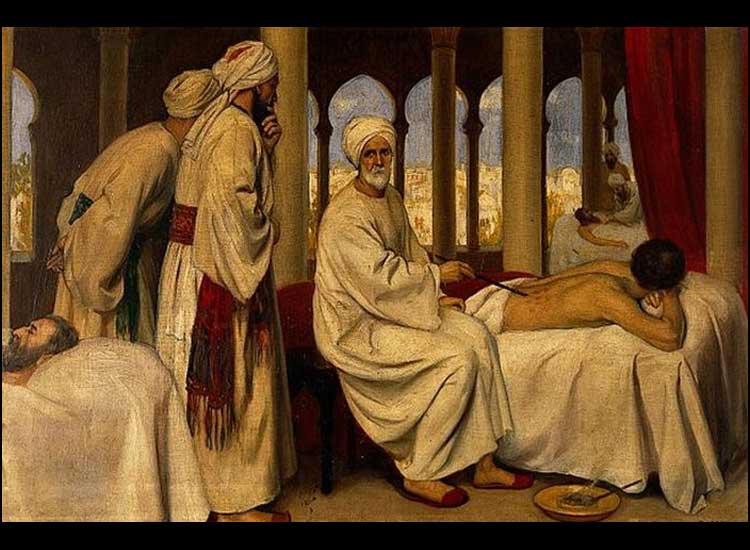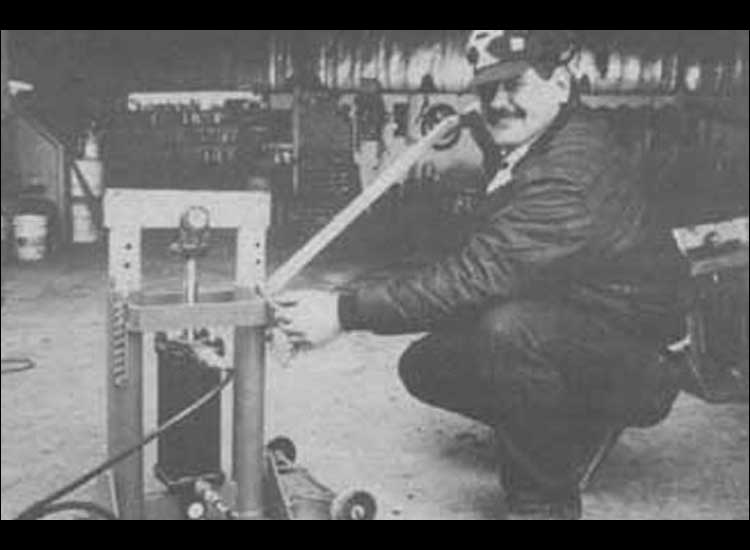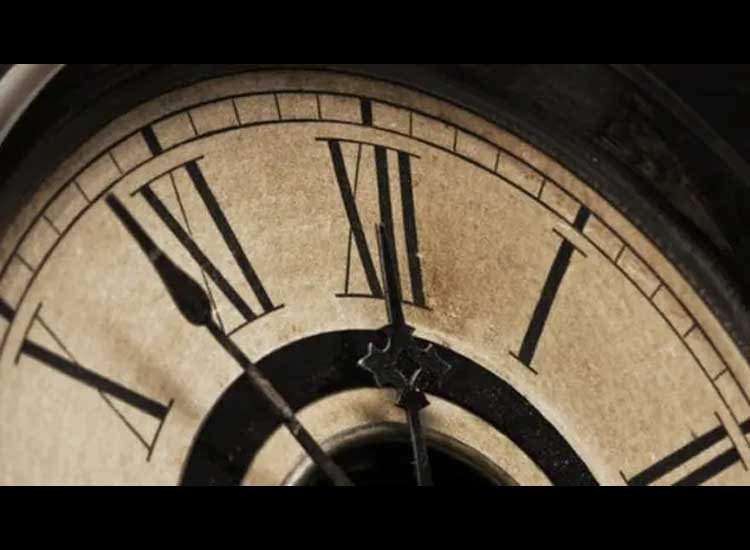Abu al-Qasim al-Zahrawi Muslim Doctor, Inventor of Surgical Instruments and “Catgut” – “Catgut” or special thread for sewing surgical incisions on a patient’s body is a special thread that is still used in modern times. But many people don’t know that “catgut” was created by the medieval Muslim doctor al-Zahrawi.
He also created and designed dozens of types of human body surgical tools that are suitable for use in the operating room. Al-Zahrawi’s surgical tools have barely changed in shape and are still used in all the most up-to-date medical institutions.
Abu al-Qasim al-Zahrawi (936 – 1013), was the greatest medieval Islamic surgeon, one of the great figures of Muslim Spain. He revolutionized how body surgery was performed by inventing new methods and tools to help patients heal.
His thirty-volume medical encyclopedia served as the standard text for medicine throughout Europe for centuries. The impact it had on how medicine was practiced was truly revolutionary.
Al-Zahrawi lived during the most powerful period of the Umayyad Caliphate in Cordoba. He was born in 936 and died in 1013, and served the Umayyad Caliph al-Hakam II and military ruler, al-Mansur. Throughout his life, al-Zahrawi was a court physician, patronized by the rulers of al-Andalus and known for his medical genius. He served in a physician-like capacity for more than 50 years.
Unlike many doctors and hospitals in today’s “modern” world, al-Zahrawi insists on seeing patients regardless of their financial or social status. By seeing a variety of patients every day and recording his treatment of them, he left behind an invaluable text of medical knowledge that he called al-Tasrif.
Al-Tasrif is one of his research books in the field of medicine which was considered the most brilliant in the Middle Ages and became a reference for Muslim and European doctors at that time. The original Book of al-Tasrif was written by al-Zahrawi in the 900s.
His medical encyclopedia is divided into 30 volumes. Each addresses a different aspect of treatment. He discusses how to diagnose the disease in one of the early volumes. He noted that a good doctor should always rely on his own observations of the patient and his symptoms, rather than simply accepting what the patient says – a practice still employed by doctors today.
Al-Zahrawi takes a holistic approach to treatment. He not only discusses how to treat disease, he explains how to prevent it. He dedicates part of his book to discussing what foods to avoid, how to stick to a healthy diet, and how to use food as part of a treatment plan.
The most influential volume of al-Tasrif is volume 30, dedicated to operations. In it, he explains in detail how to perform certain operations to cure certain diseases. He insisted that all surgeons were first and foremost well versed in general medicine, anatomy, and even the writings of philosophers who studied medicine.
Al-Zahrawi pioneered many procedures and materials that are still used in operating rooms today. He was the first to use catgut as an internal suture thread. Catgut is a thread made from the lining of animal intestines, which is natural and acceptable to the body. This is the only material that can be used for stitches and still be absorbed by the body, preventing the need for a second operation to remove internal stitches.
He invented many of the tools necessary for modern surgery. He was the first to use foreceps during childbirth, greatly reducing infant and maternal mortality rates. He performed the tonsillectomy with the same tongue depressor, hook, and scissors used today.
He uses a hidden blade to cut the patient without alarming him. He uses local and oral anesthesia to reduce the pain that patients experience during surgery.
He performed a mastectomy removing a woman’s breasts if she had breast cancer, a procedure still performed today. He described how to set broken bones, amputate limbs, and even how to crush bladder stones.
“O my Lord, indeed I have been afflicted with an illness and You are the
Most Merciful God among all Merciful.” (SURAT AL-ANBIYA 83)
“(i.e. God) Who created me, then He is the one who shows me, and my Lord, Whom He gives me food and drink and when I am sick, He is the One who heals me, and Who will kill me, then will bring me back to life (again)” , (Ash syu’araa 78-81)
Link Terkait :





